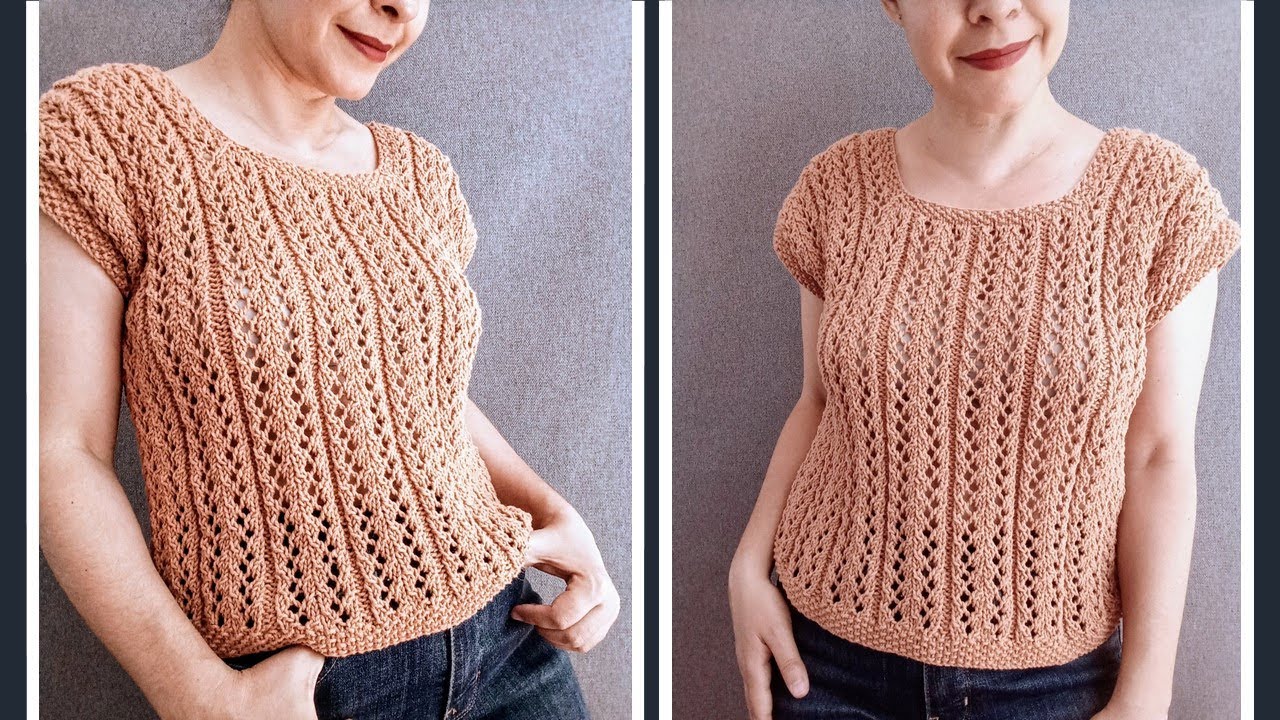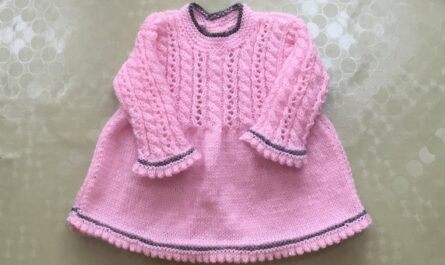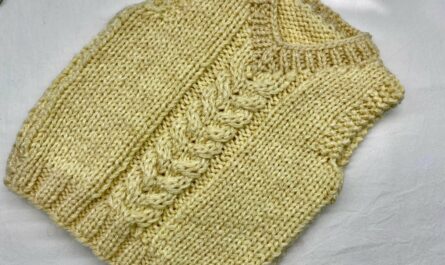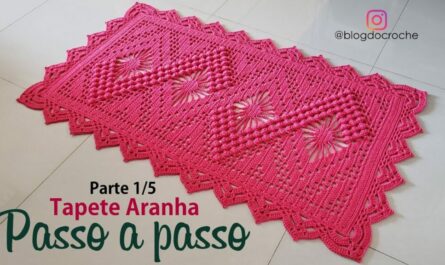Stitching Simplicity: A Step-by-Step Guide to an EASY Two-Needle Knitted Blouse for Women
Knitting your first garment can feel like a monumental task, but it doesn’t have to be. A knitted blouse made on two straight needles is the perfect project to transition from scarves to wearables. The secret lies in its simple construction: you knit two flat panels—a front and a back—and then seam them together. This approach is beginner-friendly, avoids complicated shaping, and eliminates the need for circular needles, making it incredibly achievable.
This detailed, step-by-step guide will walk you through everything you need to know, from choosing your materials to assembling a beautiful, custom-fit blouse you’ll be proud to wear.
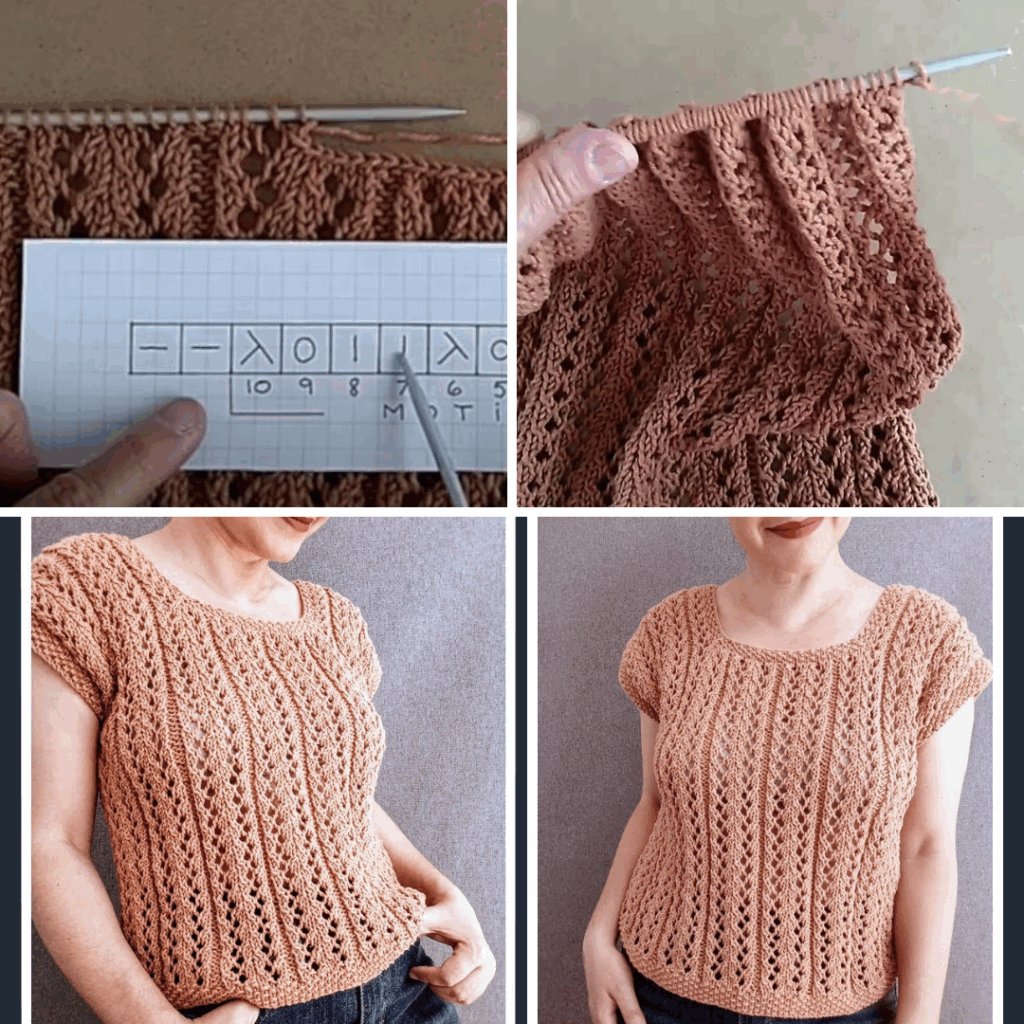
1. Planning Your Blouse: Key Decisions for Success
A little planning will ensure your project is a breeze and results in a top you’ll love.
- Choose Your Yarn: The yarn you choose dictates the blouse’s drape, weight, and feel.
- For a Summer Blouse: Cotton, cotton blends, or linen are fantastic choices. They’re breathable, comfortable against the skin, and create a fluid fabric perfect for warm weather in Phnom Penh.
- For a Cozier or Structured Top: Acrylic, wool, or merino wool works great. These fibers offer more warmth or a bit more structure to the garment.
- Weight: DK (Double Knitting, Category 3) or Worsted (Category 4) are ideal. They work up quickly but still create a lovely, wearable drape.
- Choose Your Stitch Pattern: A simple, repetitive stitch is your best friend for an easy project.
- Stockinette Stitch: This creates the classic smooth “V” texture on the front and a bumpy texture on the back. You simply knit one row and purl the next.
- Garter Stitch: You knit every stitch, every row. This creates a reversible, bumpy texture that lies flat and is very easy to master.
- Rib Stitch (e.g., K1, P1): Creates a stretchy, ribbed fabric that’s perfect for a neckline or hem.
- Construction Method: We’ll use the two-panel method. You’ll knit a simple rectangle for the front and another for the back, then seam them.
2. Essential Materials and Tools
Gather your supplies before you begin to ensure a smooth crafting process.
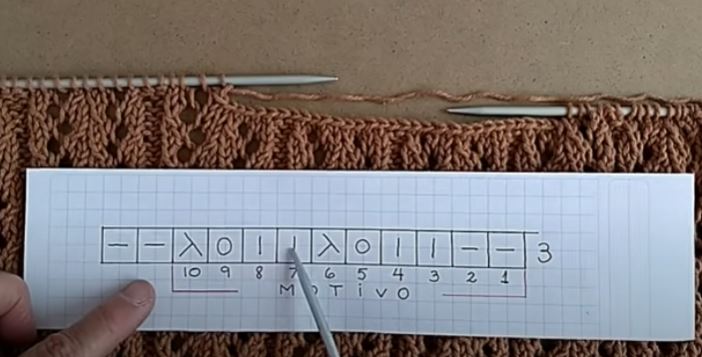
- Yarn: The amount needed will depend on your size and chosen pattern.
- Knitting Needles: A pair of straight knitting needles in the size recommended on your yarn label.
- Stitch Markers: These are handy for marking rows or specific points.
- Tapestry Needle: Essential for seaming your panels and weaving in loose ends.
- Scissors.
- Measuring Tape: Crucial for checking your gauge and ensuring your blouse is the right size.
3. The Construction Journey: Step-by-Step
Follow these steps to knit your panels and assemble the final garment.
Step 1: The Gauge Swatch (Do Not Skip This!)
This is the most critical step for any garment. Knit a swatch (at least 6×6 inches / 15×15 cm) in your chosen stitch and yarn. Wash and block your swatch according to your yarn’s instructions—this shows you how the finished fabric will behave. Then, measure your stitches per inch. Adjust your needle size until your gauge matches your pattern’s recommendation. This ensures your blouse will fit correctly.
Step 2: Knit the Back Panel
- Cast On: Cast on a number of stitches that corresponds to the width of your back (from side seam to side seam) for your chosen size.
- Knit in Rows: Work back and forth in rows using your chosen stitch pattern (e.g., Stockinette or Garter).
- Work Straight: Continue knitting in straight rows without any shaping. Just keep going until the panel reaches the desired length, from the bottom hem to the top of your shoulder.
- Bind Off: Once the back panel is the correct size, bind off your stitches.
Step 3: Knit the Front Panel
- Cast On: Cast on the same number of stitches as you did for the back panel.
- Knit in Rows: Continue knitting in straight rows, just as you did for the back. For this simple blouse, you will knit the front panel to be the exact same size as the back. We’ll create the neckline during the seaming step, keeping it super easy!
- Bind Off: Once the front panel reaches the correct size, bind off your stitches.
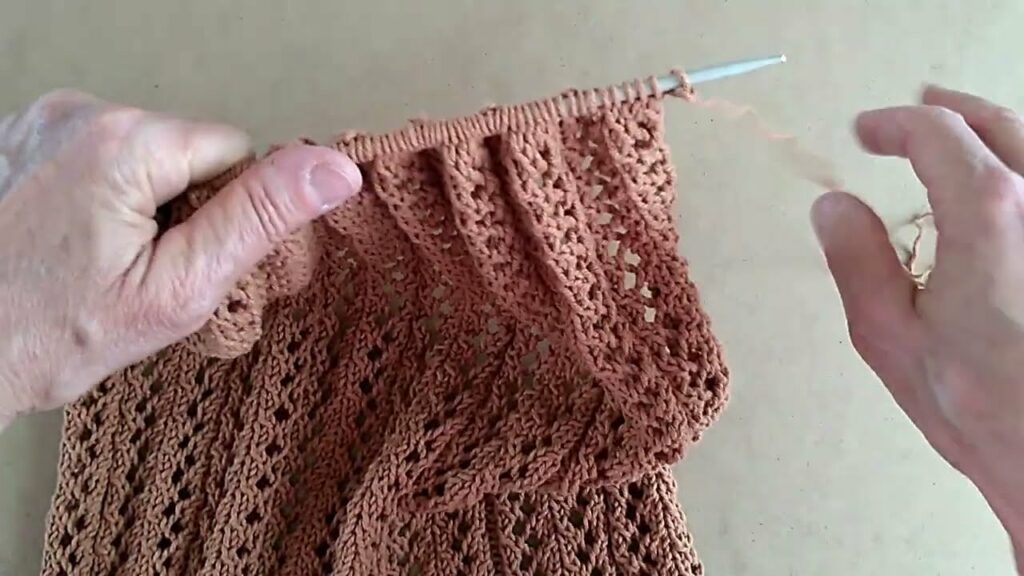
Step 4: Seam the Blouse Together
This is where your two flat rectangles transform into a wearable garment.
- Lay Out Panels: Lay your front and back panels flat with the right sides facing each other.
- Shoulder Seams: Use your tapestry needle and matching yarn to seam the top edges together. Start from the outer corner (your shoulder) and sew inward, leaving a gap of about 8-10 inches (20-25 cm) in the center unseamed. This unseamed gap will become your neck opening!
- Side Seams: Seam the side edges of the front and back panels together, from the bottom hem up to the underarm. Leave a gap of about 8 inches (20 cm) at the top for the armholes.
- Weave in Ends: Use your tapestry needle to meticulously weave in every yarn tail. A neat finish is key to a professional-looking garment.
Step 5: Add Finishing Touches (Optional but Recommended)
- Add a Border: You can add a simple border of ribbing or Garter stitch around the neckline and armholes to give them a clean, polished look. Just pick up stitches around each opening and knit a few rows.
- Blocking: For a beautiful drape and to even out your stitches, block your finished blouse. Gently soak it in cool water, lay it flat on a towel, and pin it to your desired shape and measurements. Let it dry completely.
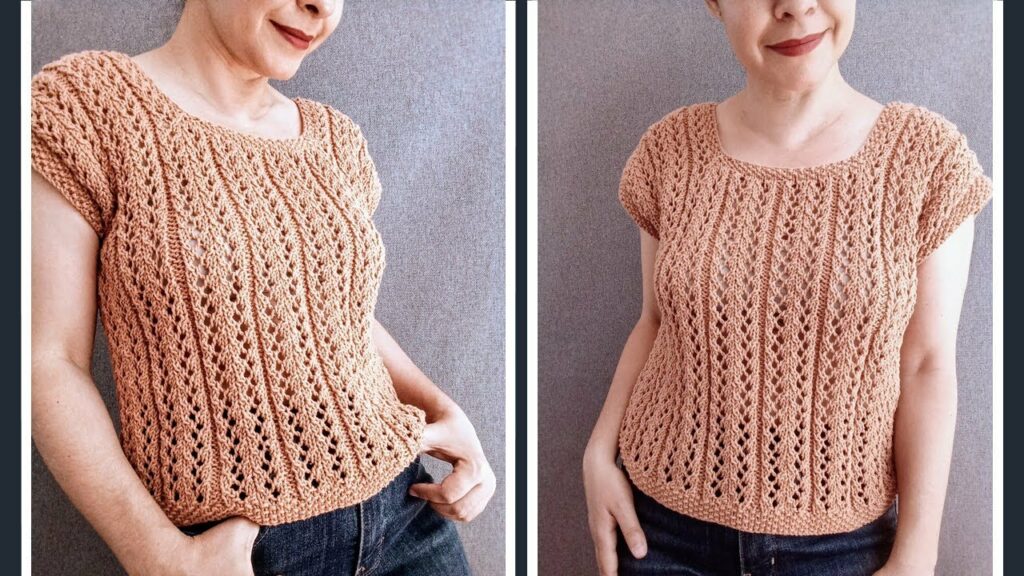
This simple construction method makes knitting a beautiful blouse an achievable and fun project. You’ll love wearing a comfortable and stylish top that you made yourself!
Video Tutorial :
